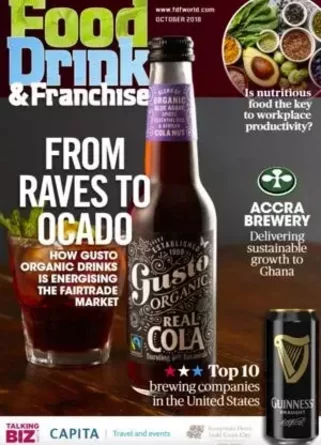Taking Advantage of Chocolate Industry Growth

It’s a lucrative time to be involved the chocolate industry. In the United States, Cargill paid dearly for the rights to Archer Daniels Midland’s private label chocolate brands. In India, reports indicate that consumer chocolate consumption has nearly tripled in the last 20 years and that the market is expected to grow by as much as 16 percent over the next five years.
How does this affect you? Whether you are a producer, processor, distributor, or retailer, here are some ideas for taking advantage of a growing consumer market that’s hungry for chocolate.
Be Creative
As beloved as it is, it’s hard to believe that the chocolate market is not already saturated. The numbers indicate that there is still a lot of room for growth in the market, but nonetheless the success of a new product isn’t necessarily guaranteed. According to Cargill, for example, the company will be experimenting with new textures and sweetening procedures to deliver innovative products to customers through its newly acquired ADM chocolate brands. Making sure that your own research and development division is in top form could be an important step toward developing new chocolate products.
Nor Just for Dessert
Chocolate has a lot of applications, and they aren’t all sweet desserts. Take cues from diverse influences – chocolatey stout beer or Mexican mole, for example – to create products that utilize chocolate while defying flavor expectations to provide consumers with something new.
Stay Competitive Across Multiple Demographics
According to FoodBev, 80 percent of chocolate consumption in India occurs in urban environments due to the difficulty involved with distributing Cadbury and Nestlé products out to more far-flung rural regions. While this means that those rural markets remain relatively untapped, that doesn’t mean that rural markets aren’t interested. In many cases, this demographic of consumers is simply waiting for the right brand to bring its products to the right audience.
This could mean creating a confection that’s more affordable and appealing to a rural market, or one that’s smaller or otherwise more easily transported out along your supply chain. But to gain a strong piece of the market share, you will need to stay competitive across as many demographics as possible.



